Explainer: Why did Iran strike Mossad and Daesh targets in Iraq and Syria?
By Press TV Website Staff
At the stroke of midnight on Monday, Iran's Islamic Revolution Guards Corps (IRGC) launched a barrage of ballistic missiles at targets of terrorist groups in Syria and an Israeli spying base in Iraqi Kurdistan.
The high-precision strikes came in response to recent terror attacks in Iran’s southeastern provinces of Kerman and Sistan and Baluchestan, as well as the assassination of an IRGC commander in Syria.
The twin suicide bombings in Kerman, on the fourth martyrdom anniversary of Iran’s top anti-terror commander Lt. Gen. Qassem Soleimani earlier this month, claimed more than 90 lives.
It came weeks after a police station was attacked in the city of Rask in Sistan and Baluchestan province, which led to the martyrdom of nine police personnel.
Iran’s political and military leadership had vowed strong retaliation to both dastardly acts of terror.
What preceded Monday night’s strikes?
On December 15 last year, 11 police forces were martyred and seven others were wounded after terrorists attacked police headquarters in Rask, a small city in Sistan and Baluchestan province.
The little-known "Jaish-ul-Adl" Takfiri terrorist group claimed responsibility for the attack. Four key perpetrators of the attack were arrested this week following an extensive counter-terrorist operation.
Iran’s Interior Minister Ahmad Vahidi said during a funeral held in the provincial capital of Zahedan for the police officers killed in an attack that the Israeli regime supports terrorist groups operating in Iran.
Major General Abdolrahim Mousavi, Commander-in-Chief of the Islamic Republic of Iran Army, also noted that the "enemies’ dirty hands" were clearly seen in the Rask terrorist attack.
On 3 January, two Daesh suicide bombers detonated their explosives near the burial site of Gen. Soleimani in the city of Kerman, during a ceremony marking his fourth martyrdom anniversary.
At least 94 people were martyred and more than 200 others were injured in the twin terrorist bombings, the deadliest the country had seen since the 1979 Islamic Revolution.
Vahidi said the bombing attacks were a continuation of various plots to kill innocent civilians at ceremonies across the country, many of which had been foiled by Iranian security services.
At the end of August last year, Iran's intelligence forces busted a large terrorist network affiliated with Israel in the province of Kerman, and earlier in May, Iranian security forces also dismantled a terrorist team affiliated with Israel in the northwest of the country.
Many senior Iranian officials, as well as independent foreign analysts, warn that the Israeli regime is trying to establish a terrorist network inside Iran and attack in revenge for its strategic failures.
This is supported by the increased activity of terrorists in Syria amid the Israeli genocide in Gaza, which is in line with statements made by the leadership of Iran, Iraq and Syria over the years that the Takfiri terrorists are closely coordinating with Tel Aviv and Washington.
Since the beginning of this year, the Israeli regime has carried out several cowardly attacks against members of the Axis of Resistance in Lebanon and Syria, including high-ranking Iranian commander Sayyed Razi Mousavi and Hamas deputy chief Saleh al-Arouri.
Following these attacks, Iranian officials had warned that fierce revenge awaits those responsible, without specifying how, when and where.
Which sites were targeted?
Iran's retaliatory strikes came at the stroke of midnight, according to IRGC aerospace commander Amir Ali Hajizadeh when the IRGC fired a barrage of missiles at enemy locations in Syria and Iraq.
The IRGC said the first missile strike targeted gathering places of “commanders and main elements” of recent terrorist attacks in the Iranian cities of Kerman and Rask, stationed in the vicinity of Idlib in Syria.
It added that the strike came after gathering points of the Daesh Takfiri terrorist group were identified in the occupied territories of Syria and destroyed with a number of ballistic missiles.
Local sources in Syria have reported that as a result of the IRGC's missile attack, the headquarters of Daesh and its affiliates were completely destroyed.
Takfiri training camps and facilities were located 1,230 kilometers away from the position from which the IRGC launched the missiles, which represents Iran's farthest ballistic strike to date.
The IRGC said in a later statement that another missile strike was launched at the main espionage center of the Israeli regime’s Mossad spy agency in the Iraqi Kurdistan region.
The target was located close to the village of Malla Omar on the road from Erbil to Salahuddin, 15 km outside the urban area of Erbil and 300 meters from the nearest rural residential areas.
It was the key headquarters of the Mossad in Erbil Governorate, made of several layers of concrete, and for this reason, the IRGC used multiple missiles in the strike.
Ali Rizk asserts that the timing of the IRGC’s missile attacks on locations in Syria and Iraqi Kurdistan is important, demonstrating Iran’s capacity for retaliatory operations on two fronts simultaneously. pic.twitter.com/gKzo1L74j6
— Highlights (@highlightsnews1) January 16, 2024
The main building, protected by checkpoints and two perimeter fences, was used as a place for meetings and recreation purposes by Mossad and other spy agencies. At the same time, its basement served as the headquarters for military and cyber operations against Iran.
Reportedly, around ten Mossad agents and associates were killed in the strikes, and according to Iranian intelligence sources, there were no civilians at the meeting at the time of the strike.
Among the dead in the strike is Peshraw Dizayee, a Kurdish oil tycoon with ties to Israel’s Mossad, who got rich on that cooperation and the illegal export of Iraqi oil to Israel.
The presence of Dizayee and other people indicates that an intelligence meeting of great importance was underway there, which was exposed, located and ultimately eliminated in time.
The IRGC noted that its missiles totally destroyed the Mossad center and that surgical strikes were a sign of its full intelligence superiority over the Zionist regime's bases and activities in the region.
The missile strike against the Mossad center, the IRGC statement said, was in retaliation for the recent assassinations of the resistance front’s commanders, especially those of the IRGC, by the Zionist regime.
It also assured "the great nation of Iran” that it will find "the malicious terrorist groups" that are active against the Iranian nation “wherever they are and will punish them for their shameful deeds.”
Which missiles were used?
Brigadier General Amir-Ali Hajizadeh, in a video statement released on Tuesday, revealed details about the multifaceted missile operations against Zionist and Takfiri targets in Syria and Iraq.
Hajizadeh said four Kheibar Shekan missiles were fired from the southern Khuzestan province at the Takfiri terrorist targets in Syria’s Idlib, adding that everything went smoothly at the stroke of midnight.
This strategic missile is a third-generation long-range missile developed by the IRGC with great capabilities, it can hit targets within a range of 1,500 kilometers with pinpoint accuracy and can penetrate missile shields with high maneuverability.
The IRGC aerospace commander added that four other missiles were launched from Kermanshah province and seven missiles were fired from the West Azarbaijan province in the northwest of the country, aiming at the Zionist base in the Kurdistan Region of Iraq.
Iran launched four Kheibar-Shekan ballistic missiles from southern Khouzestan, targeting terrorist positions in Syria’s Idlib.
— Press TV (@PressTV) January 16, 2024
This implies that the missiles traveled at least 1,230 km to reach their targets. pic.twitter.com/sXHX6H8SQD
Reports from the ground in Iraq, video and photographic evidence, corroborate the IRGC's claims as a massive concrete building was razed to the ground.
In its fourth and latest statement on Tuesday, IRGC said a total of 24 missiles were launched on Friday night, which successfully hit their targets.
Four Khaibar-Shikan missiles from Khuzestan were launched at the Daesh headquarters in the Idlib region of Syria. Four missiles from the west and seven other missiles from the northwest of the country were launched at the Mossad spy headquarters in the Kurdistan region of Iraq. And nine other missiles of different types pounded the locations of other terrorist groups in other occupied Syrian territories.
What message does it send?
The simultaneous Iranian retaliatory attacks on Takfiri and Zionist locations in Syria and Iraq were in response to recent terror attacks inside Iran and across the region, including the genocide in Gaza.
Iran’s foreign ministry spokesman Nasser Kan’ani, in a statement on Tuesday, said the strikes were part of the just punishment against violators of Iran’s security in the wake of recent terror attacks.
"The action was in defense of the country’s sovereignty and security, and countering terrorism, and was a part of the Islamic Republic’s just punishment against violators of the country’s security," he said.
Kan’ani said the terrorist attacks in Iran resulted from a "miscalculation by the enemy.”
He also rejected statements issued by the Iraqi and Kurdistan authorities, noting that the Islamic Republic has always supported peace, stability, and security in the region and respected other countries' sovereignty, but has the legitimate and legal right to deter all security threats.
“Terrorism is a global threat, and Iran is determined to counter terrorism within the framework of joint regional and international cooperation,” Kan’ani added.
Iran condemns ‘violent’ attack on Jewish event in Australia
Afghanistan’s regional integration key to lasting stability: Iran FM
VIDEO | 12 dead, dozens injured in mass shooting at Jewish event in Australia
‘Cinema Verité’ festival and a new geography of global resistance documentary
VIDEO | Iran seeking ouster of US forces from West Asia region: Analyst
VIDEO | Press TV's news headlines
BritCard protest march converges on London
Iran Greco-Roman athlete Farrokhi named wrestling phenomenon of year





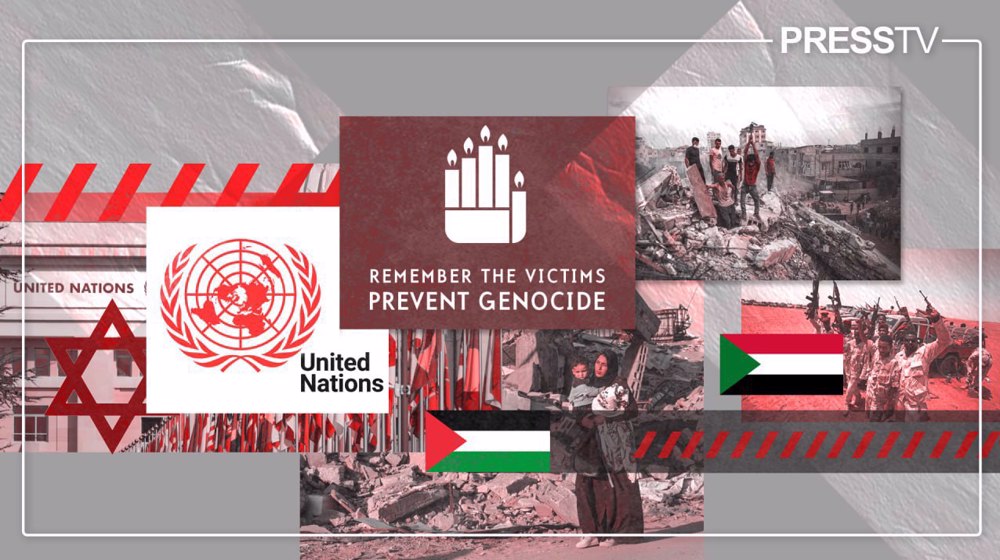
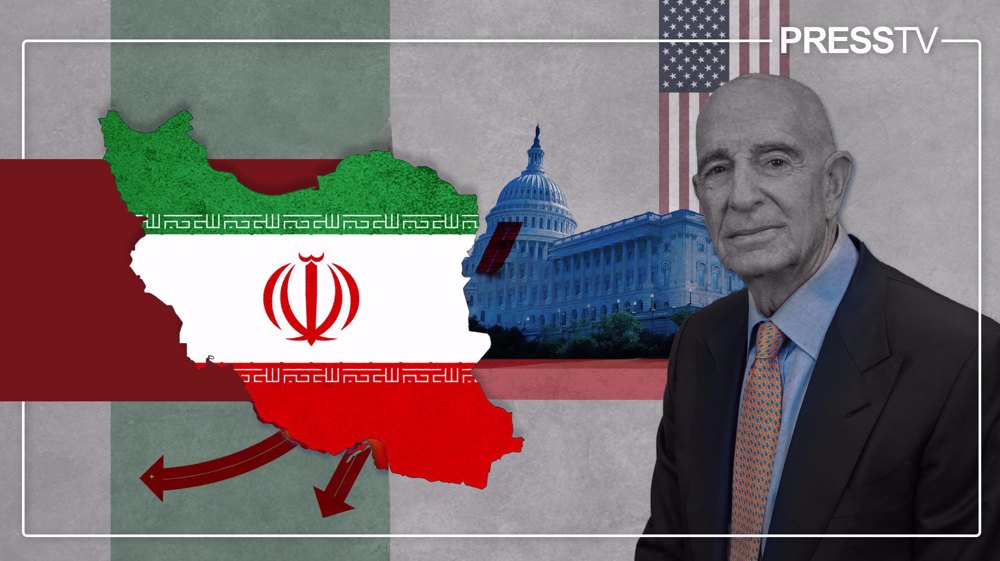



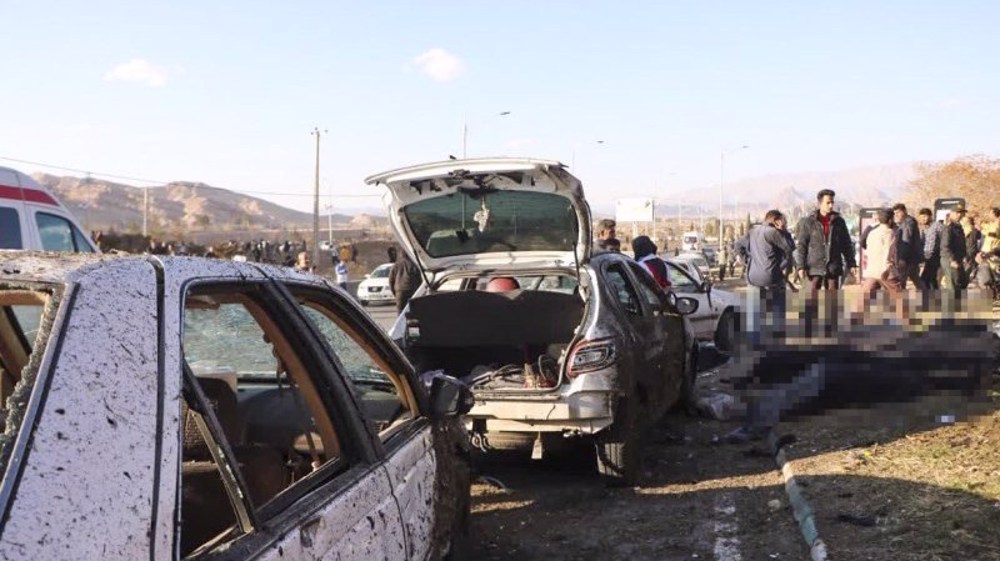
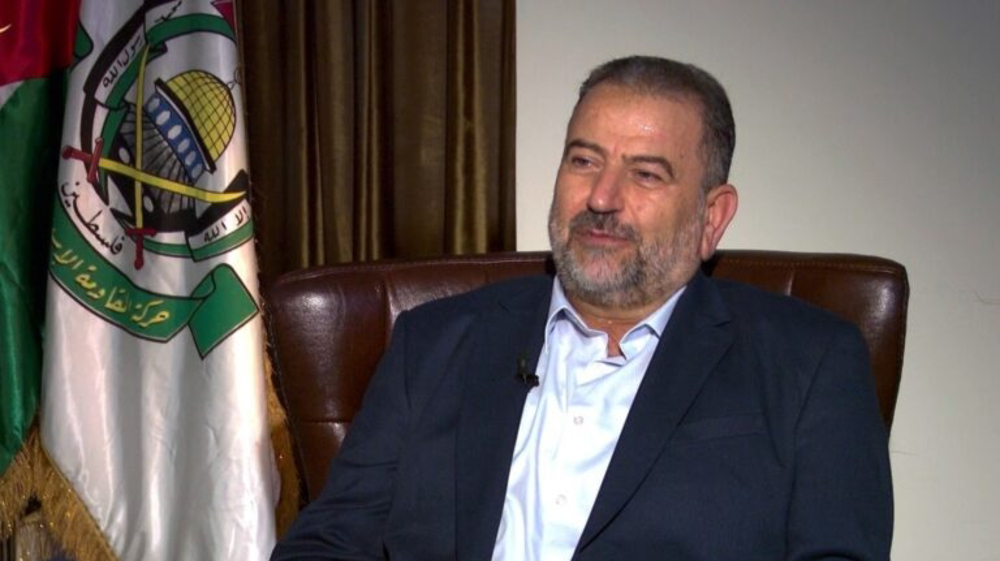
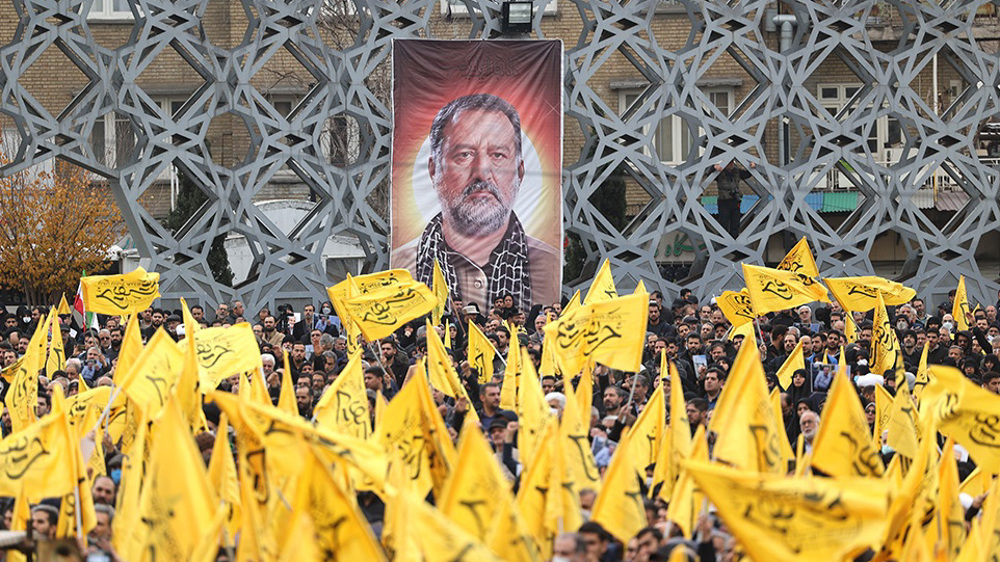
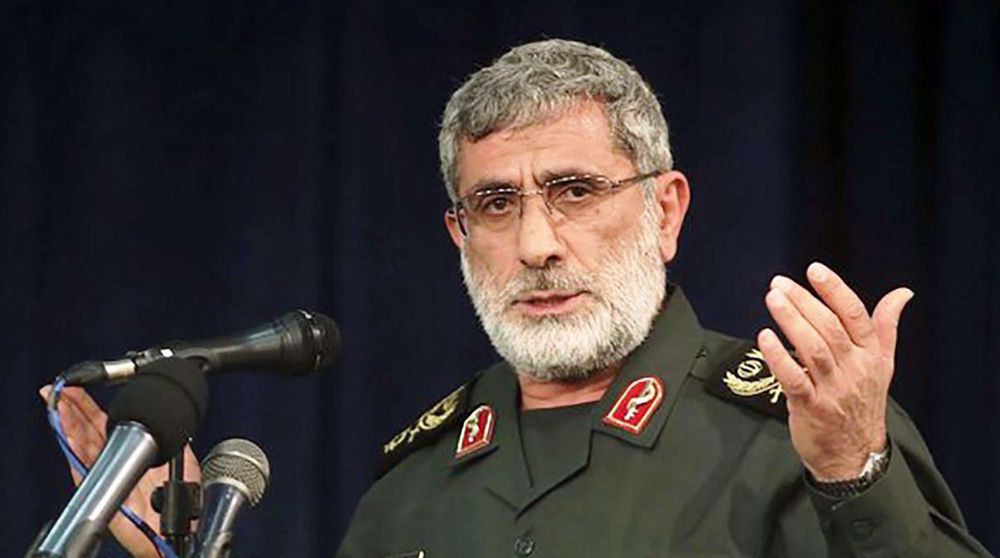
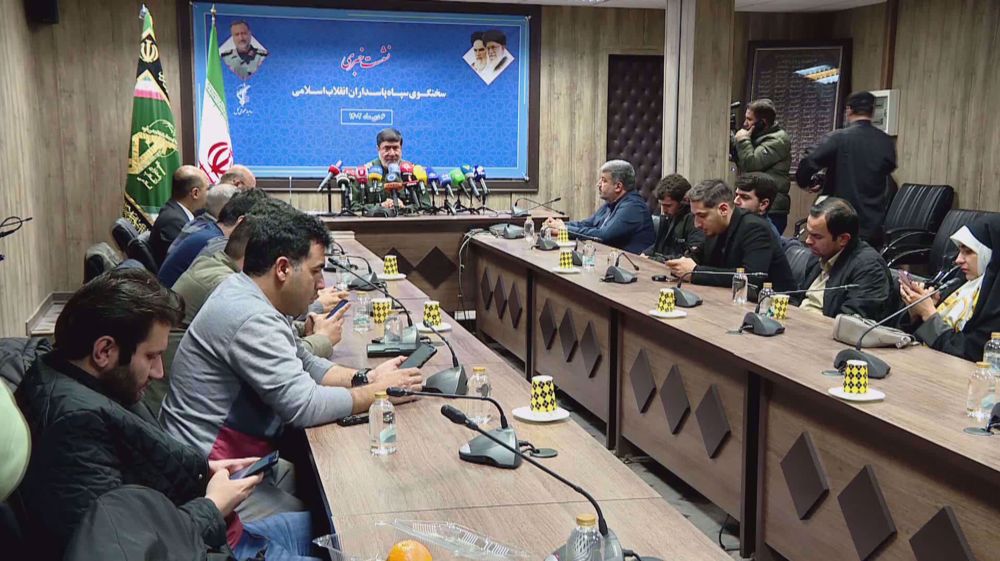

 This makes it easy to access the Press TV website
This makes it easy to access the Press TV website